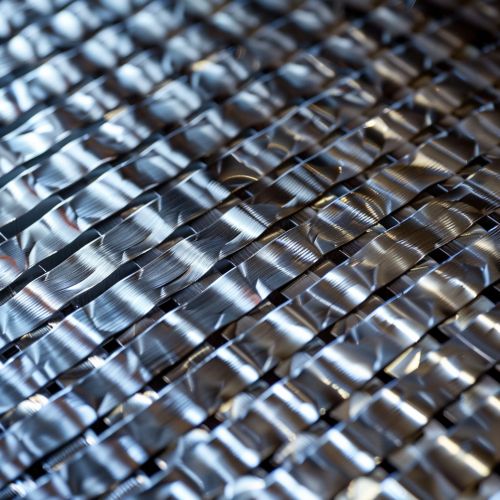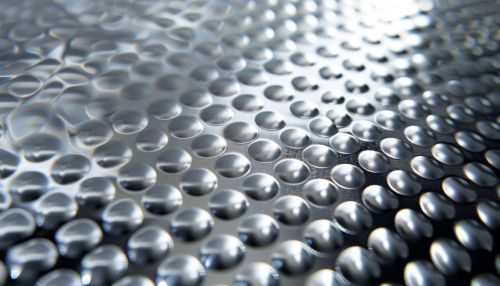Metal Matrix Composites
Introduction
Metal Matrix Composites (MMCs) are a class of composite materials that consist of a metal matrix combined with another material, often a different metal or a ceramic material. These composites are known for their unique properties, such as high strength, high stiffness, and good wear resistance, which make them suitable for a variety of applications in industries such as aerospace, automotive, and electronics.


Composition and Types
Metal Matrix Composites are typically classified based on the type of reinforcement used in the metal matrix. The reinforcement can be in the form of continuous fibers, short fibers, or particles.
Continuous Fiber Reinforced MMCs
In Continuous Fiber Reinforced MMCs, the reinforcement material is in the form of continuous fibers. These fibers can be made from materials such as carbon, silicon carbide, or aluminum oxide. The fibers are embedded in the metal matrix to enhance the mechanical properties of the composite.
Short Fiber Reinforced MMCs
Short Fiber Reinforced MMCs are similar to continuous fiber reinforced MMCs, but the reinforcement material is in the form of short fibers instead of continuous ones. The fibers are randomly oriented within the metal matrix, which results in isotropic properties in the composite.
Particle Reinforced MMCs
In Particle Reinforced MMCs, the reinforcement material is in the form of particles. These particles can be made from materials such as silicon carbide, aluminum oxide, or boron carbide. The particles are dispersed within the metal matrix to enhance the composite's properties.
Properties
The properties of Metal Matrix Composites can vary significantly depending on the type of metal matrix and reinforcement material used. However, some general properties of MMCs include:
- High strength: MMCs often have higher strength than the base metal due to the addition of the reinforcement material.
- High stiffness: The reinforcement material can significantly increase the stiffness of the composite.
- Good wear resistance: MMCs typically have good wear resistance due to the hard reinforcement material.
- High thermal conductivity: Some MMCs, particularly those with a metal matrix of aluminum or copper, have high thermal conductivity, making them suitable for applications that require heat dissipation.
- Low coefficient of thermal expansion: MMCs often have a lower coefficient of thermal expansion than the base metal, which can be beneficial in applications that require dimensional stability under changing temperature conditions.
Applications
Due to their unique properties, Metal Matrix Composites are used in a variety of applications across different industries.
Aerospace Industry
In the aerospace industry, MMCs are used in the manufacturing of components for aircraft and spacecraft. Their high strength-to-weight ratio and good thermal properties make them ideal for these applications.
Automotive Industry
The automotive industry uses MMCs in the production of components such as brake rotors, pistons, and cylinder liners. The high wear resistance and good thermal properties of MMCs make them suitable for these applications.
Electronics Industry
In the electronics industry, MMCs are used in the production of heat sinks and other components that require good thermal conductivity.
Challenges and Future Directions
While Metal Matrix Composites offer many advantages, there are also challenges associated with their use. These include the high cost of production, difficulties in processing, and the potential for galvanic corrosion in certain environments.
Despite these challenges, research is ongoing to improve the properties and manufacturability of MMCs. Future directions in MMC research include the development of new reinforcement materials, the optimization of processing techniques, and the exploration of new applications for these versatile materials.
See Also
- Composite Materials - Ceramic Matrix Composites - Polymer Matrix Composites
